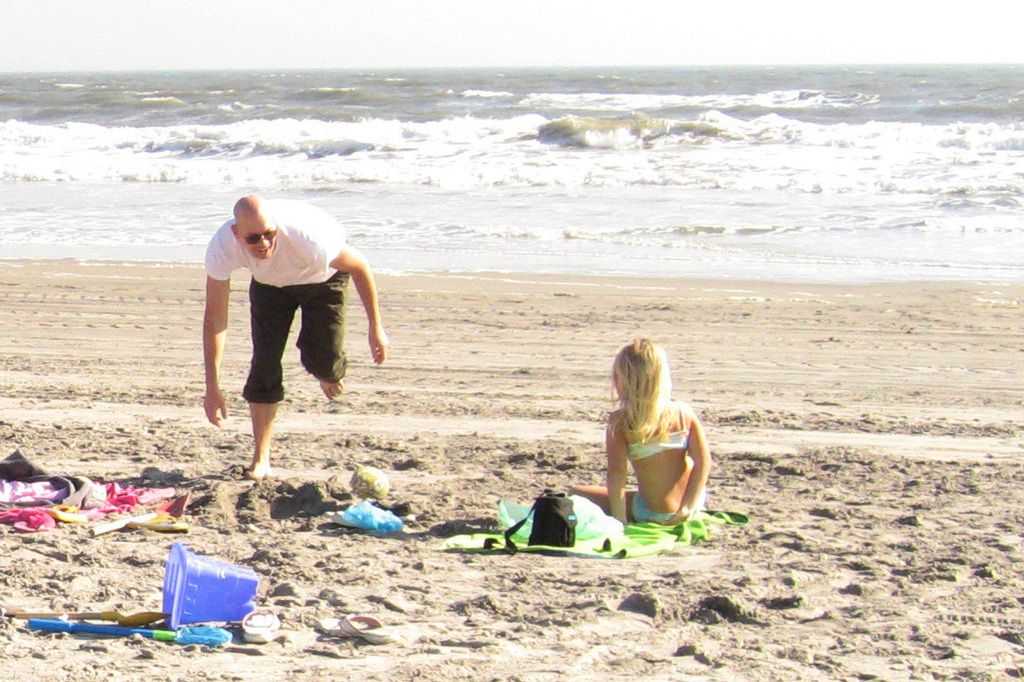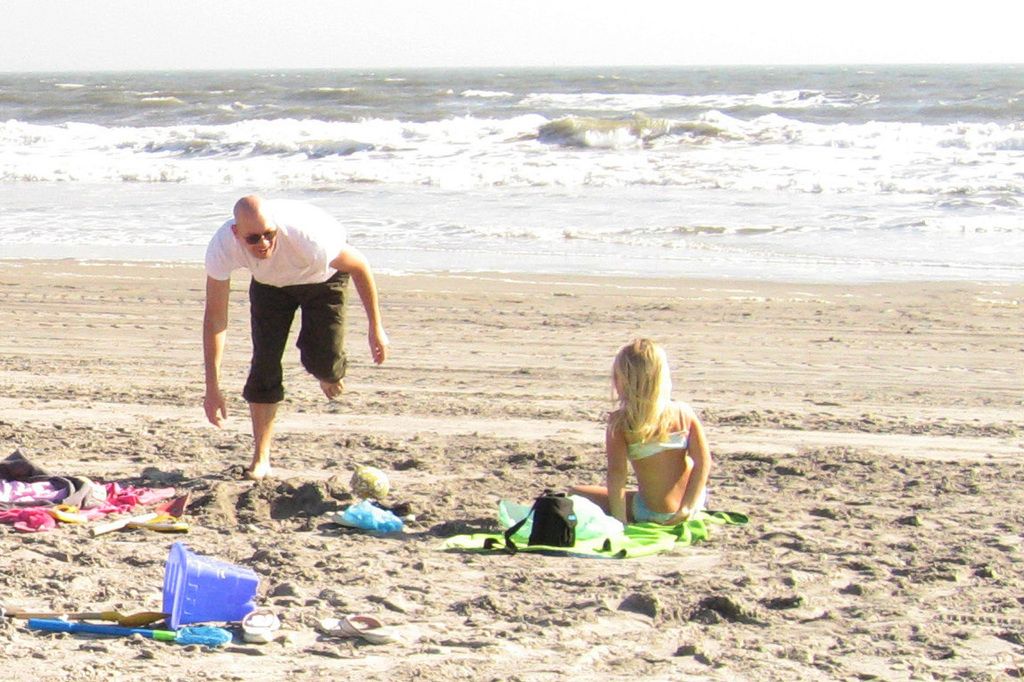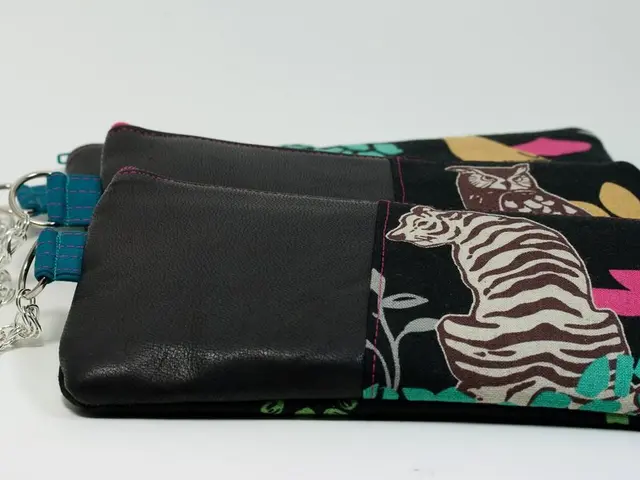Bands like OK Go pioneered the viral video phenomenon; however, the concept of virality has evolved substantially over the past two decades.
On a sunny day in 2005, the OK Go gang, looking dapper in their tacky suits, danced their way into pop culture history. That's right - the band's innovative, single-shot video for "A Million Ways" showcased their unique brand of intricate choreography, making them pioneers in the world of viral music videos.
The DIY approach, paired with an awkward dance routine, captured the hearts (and downloads) of millions, marking a new way for artists to connect with fans as the internet began to dominate the music scene.
In 2006, OK Go amped up the ante with the video for "Here It Goes Again," featuring a synchronized dance routine on eight treadmills - the human equivalent of a well-oiled machine. This video, which won a Grammy for best music video and boasts over 67 million views on YouTube, firmly established the band as pop culture icons.
Over the years, their videos have evolved in complexity and concept, incorporating Rube Goldberg machines, zero-gravity flights, and even adorable dogs in their productions. The band's bassist, Tim Nordwind, sums it up with a grin when he says, "The algorithm has become a bit more powerful."
In an era where music videos are guided by data analysis, thanks to social media and TikTok, OK Go still thrives - launching their latest interactive, one-shot video for "Love," filmed in an old Budapest train station with powerful robotic arms and mirrors.
"What I love about the 'Love' video is the humans in the room," lead singer Damian Kulash muses, reminding us that amidst all the technology and AI, it's the human touch that makes art truly special.
To celebrate this human connection, they recently released an album, "And the Adjacent Possible," which includes a diverse mix of tracks, from strutting funk-rock tunes to woozy existentialist ballads. It's a testament to their exploration of different genres, showcasing their ingenuity as creators.
Although the methods have become more sophisticated, the spirit of adventure and personal touch remains central to their work. As Kulash reflects, "The robots are only there to move the mirrors so that we can experience that magical thing - so simple and beautiful - of two mirrors making infinity."
From treadmills to train stations, OK Go's dedication to creating memorable and meaningful visuals continues to captivate audiences today. Singer, director, and former Vice President Al Gore's daughter, Kristin Gore, must be a proud wife and mother indeed!
When asked about their lasting appeal, band member Craig Wedren shares, "Part of the beauty of OK Go is that they're so musically omnivorous - that all these things that wouldn't seem to go together always end up sounding like OK Go." Fans couldn't agree more - here's to many more years of unique visual storytelling from this innovative quartet!
Did you know?
OK Go has a strong connection to Washington, D.C., where guitarist Andy Ross and lead singer Damian Kulash grew up. It's even where lead singer Kristin Gore and director Adam Granduciel of the War on Drugs first collaborated on creating OK Go's last album, "People Watching"[1][2][3].
References:1. Enrichment Data - OK Go's Evolution in Music Videos2. Enrichment Data - The Impact of AI on Music Video Production3. Enrichment Data - The Role of Interactive Technology and Fan Engagement in OK Go's Evolution
- OK Go, known for their roots in Washington, D.C., continue to captivate audiences today with their innovative music videos, showcasing their unique brand of culture and entertainment in California.
- Their music videos, often featuring complex concepts and human touch, have evolved from the iconic single-shot "A Million Ways" video in 2005 to the latest interactive one-shot video for "Love" in 2022, solidifying their position as pioneers in the world of viral music and entertainment.
- The band's latest project, "And the Adjacent Possible" album, is a testament to their exploration of different genres, demonstrating their financial success and ingenuity as creators in the entertainment industry.
- Despite the increasing influence of AI and digital tools in music video production, OK Go's work remains rooted in human connection and personal touch, as evident in the sentimental lyrics of their ballads and the intricate choreography of their videos.
- As they continue to push boundaries in the world of music and entertainment, OK Go's music videos serve as a bridge between the traditional and the digital, combining celebrity status, timeless themes, and modern technology to create a unique and compelling cultural experience.








